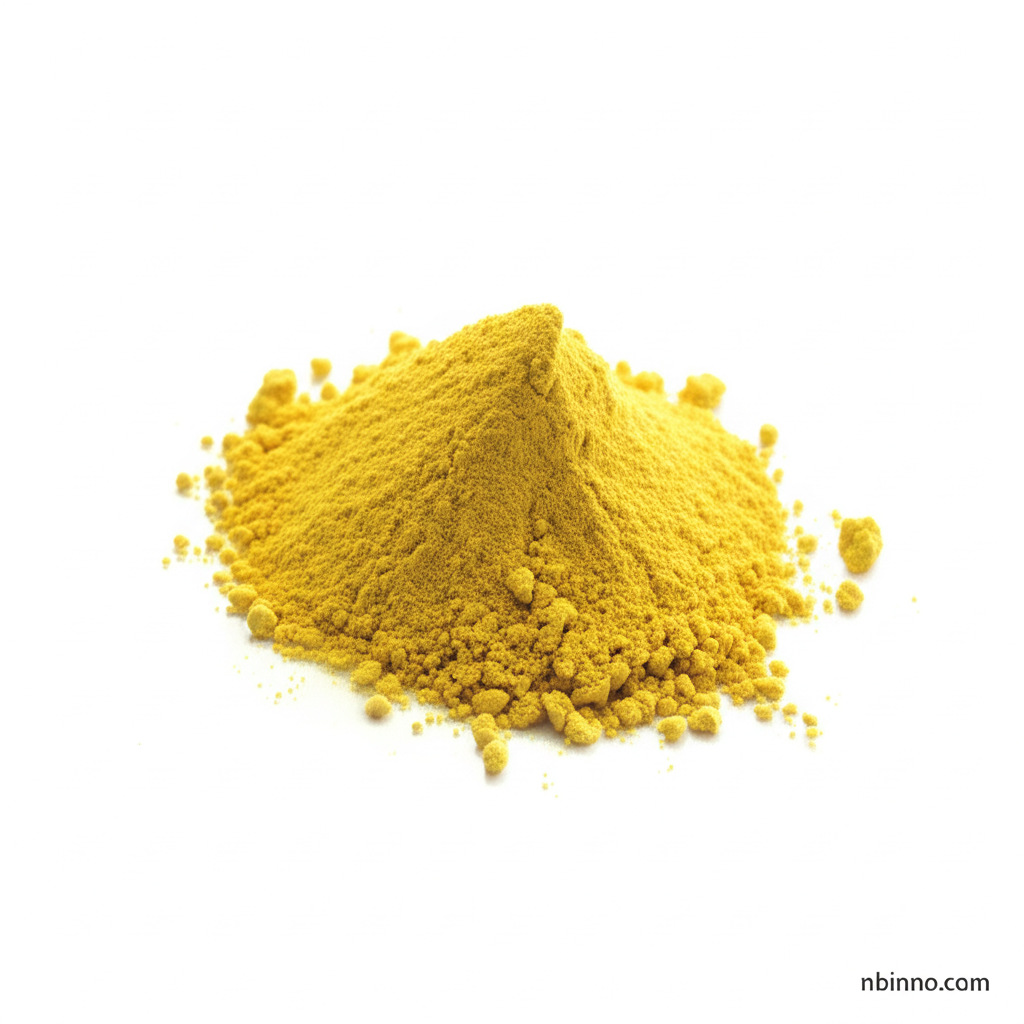Potassium Ferricyanide: A Versatile Chemical Compound
Explore the diverse applications and essential properties of Potassium Ferricyanide, a vital compound for industry and research.
Get a Quote & SampleUnveiling the Core Value of Potassium Ferricyanide

Potassium Ferricyanide
Potassium Ferricyanide (CAS 13943-58-3) is a crucial compound with a bright red crystalline appearance. It is highly valued for its diverse applications, ranging from photographic processes to organic synthesis and analytical testing. Its chemical structure and reactivity make it an indispensable tool in various scientific and industrial fields.
- Discover the essential potassium ferricyanide applications in photography, particularly in cyanotype processes, to create unique blue prints.
- Learn about its utility as an analytical reagent, instrumental in detecting various metal ions and proteins.
- Understand the role of potassium ferricyanide in organic synthesis as a mild yet effective oxidizing agent.
- Explore its significance as a key ingredient in the manufacture of pigments, paints, and inks, contributing vibrant colors to everyday products.
Key Advantages and Properties
Versatile Reactivity
Potassium ferricyanide's ability to act as an oxidizing agent makes it highly useful in various chemical transformations, supporting its use in organic synthesis and catalyst regeneration.
Vibrant Pigment Creation
It is a fundamental component in creating Prussian blue and other pigments, vital for the paint and ink industries, contributing to the longevity and vibrancy of colors.
Laboratory Essential
As a well-established analytical reagent, its role in testing for iron, copper, and other metals is critical for laboratory diagnostics and quality control.
Key Applications
Photography and Printing
Potassium ferricyanide is a cornerstone in historical photographic techniques like cyanotype, enabling the creation of characteristic blue images and serving as a mild bleach.
Pigment Manufacturing
Its chemical properties are harnessed to produce high-quality pigments like Prussian blue, used extensively in paints, inks, and textiles.
Analytical Chemistry
This compound is a staple in analytical laboratories for its use as a reagent to detect metal ions, providing crucial data for various testing protocols.
Organic Synthesis
In organic chemistry, it functions as a mild oxidizing agent, facilitating specific reaction pathways and aiding in catalyst regeneration processes.
